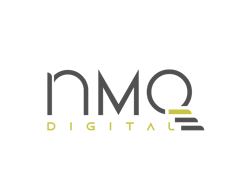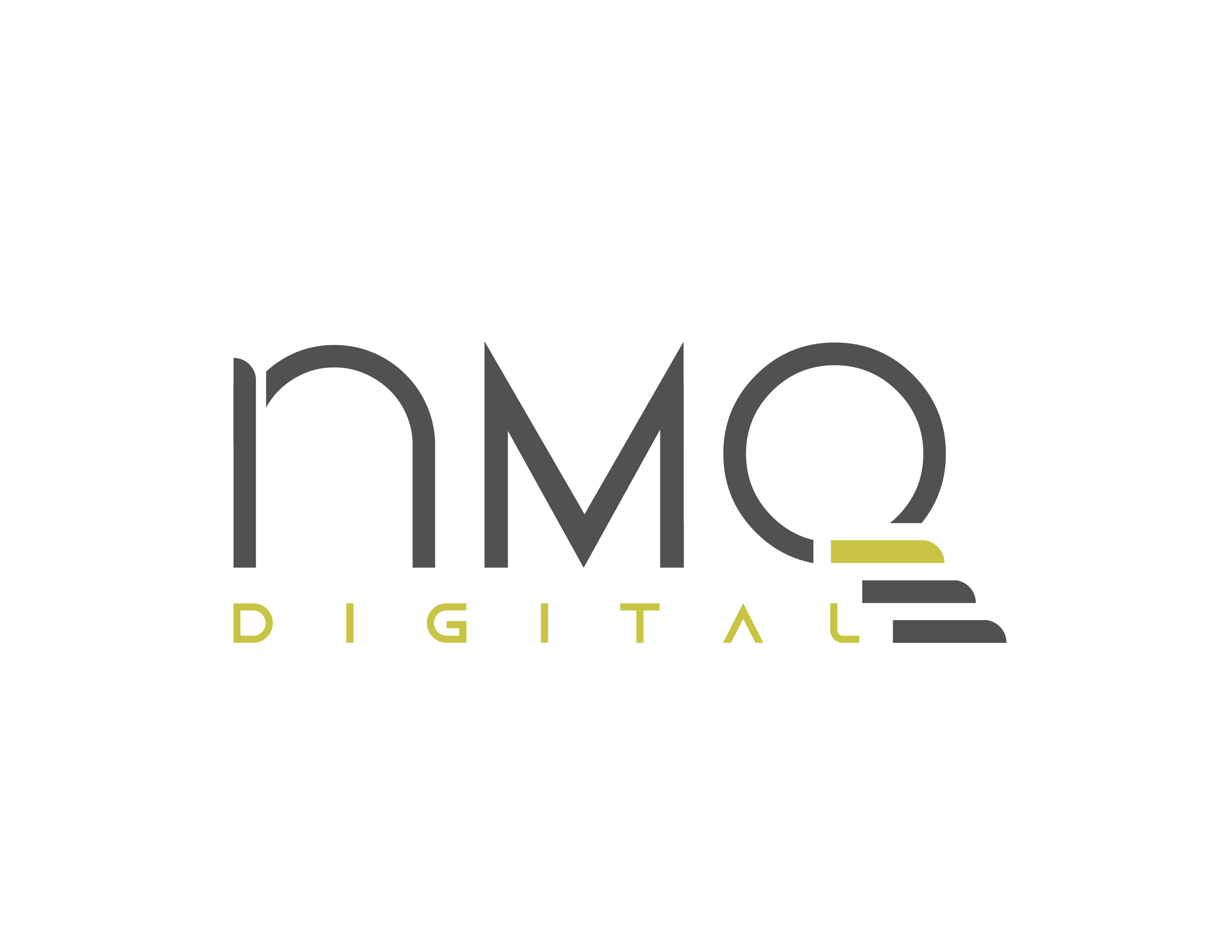Establishing a robust organic presence on social media has never been more crucial for brands and individuals alike. As the digital space becomes increasingly saturated, the challenge of cutting through the noise to reach and engage your target audience organically is significant.
However, the rewards of a strong organic social media presence—enhanced brand visibility, increased trust and authenticity, and deeper customer relationships—are invaluable. Optimizing your social media strategy is not just about gaining more followers; it's about building a community that resonates with your brand's voice and values.
In this article, we'll explore;
- Understanding Your Target Audience
- Setting Clear Social Media Goals
- Optimizing Your Social Media Content
- Key Take Aways
1. Understanding Your Target Audience
Knowing your audience is mandatory to achieve success in your social media strategy. Having a deep understanding of the demographics, preferences, and behaviors of your target audience empowers you to customize your content and messaging with precision, resulting in heightened engagement and fostering meaningful interactions. Here's why understanding your target audience is crucial, along with tips on how to research and comprehend their preferences and behaviors on social media.

Benefits of Knowing Your Audience
Personalized Content: By understanding your audience, you can create content that resonates with their interests, challenges, and aspirations. Personalization fosters a stronger connection and encourages engagement.
Improved Targeting: Knowing your audience allows you to target your social media ads and organic content more effectively, maximizing your reach and return on investment.
Enhanced Engagement: Tailoring your messaging to match your audience's preferences and communication style increases the likelihood of engagement, such as likes, comments, and shares.
Building Trust: When you demonstrate an understanding of your audience's needs and values, you build trust and credibility, positioning your brand as a reliable source of information or solution provider.
Tips for Researching Your Target Audience
1: Conduct Surveys and Polls
Utilize social media platforms to conduct surveys and polls to gather insights directly from your audience. Ask questions about their preferences, pain points, and interests to inform your content strategy.
Some tools to conduct surveys;
- Google Forms - Best for detailed surveys that require more than just a simple poll answer
- SurveyMonkey - Best for professional and in-depth surveys where you might need robust analysis of the results
- Typeform - Best for creating surveys and quizzes that are visually appealing and engaging, making them more likely to be completed by users
For polls, you can use,
- Polls for Pages - Facebook-specific, best for quick polls to engage your Facebook audience and get instant feedback on various topics
- X Polls - Best for short, quick feedback or opinion polls on Twitter to engage followers and encourage interaction
- Instagram Stories Polls and Questions - Best for visual content-driven polls and Q&A sessions that leverage Instagram’s massive user engagement
- Slido - Best for interactive polls and Q&As during live webinars, conferences, or virtual events shared across social media
When selecting a tool, consider your specific needs, such as the type of questions you want to ask, the level of analysis you need, and where your audience is most active. These tools can help increase engagement, gather valuable insights, and make your social media strategy more interactive.
2: Analyze Social Media Analytics
Take advantage of the analytics tools provided by social media platforms to gather data on your audience demographics, engagement metrics, and content performance. Identify trends and patterns to refine your strategy.
You can use,
- Sprout Social - Best for businesses looking for an all-in-one solution to manage and analyze their social media presence across multiple channels
- Hootsuite Analytics - Best for teams needing a robust platform for both managing social media posts and analyzing performance across various networks
- Google Analytics - Best for businesses focused on understanding how social media drives traffic and conversions on their website
- Buffer Analyze - Best for small to medium-sized businesses and individuals looking for an easy-to-use tool to analyze and improve their social media strategy
- BuzzSumo - Best for content marketers and businesses focused on leveraging trending topics and influencer partnerships to boost engagement
Each of these tools offers unique features and strengths, so the best choice depends on your specific needs, such as the size of your business, your budget, and the specific metrics you're most interested in tracking.
3: Monitor Social Media Conversations
Pay attention to conversations happening within your industry or niche on social media platforms. Monitor hashtags, discussions, and comments to gain a deeper understanding of your audience's interests and concerns.
You can use the above tools to check your results and monitor conversions.
4: Create Buyer Personas
Develop detailed buyer personas that represent your target audience segments. Include information such as demographics, interests, challenges, and goals to humanize your audience and guide your content creation efforts.
You can use,
- Xtensio - Great for creating visually appealing, customizable personas that can evolve with your projects
- HubSpot’s Make My Persona - Ideal for quickly generating detailed buyer personas through an interactive, guided process
- Userforge - Excels in creating in-depth, consistent personas with a focus on collaboration and shareability
- Persona Generator by FakeCrow - Quick and easy generation of basic user personas, sparking initial ideas with minimal input
5: Engage in Social Listening
Practice social listening by monitoring mentions of your brand, competitors, and relevant keywords on social media. Pay attention to feedback and sentiment to identify areas for improvement and opportunities for engagement.
You can use,
- Brandwatch - Excels in deep data analysis and trend spotting across social media and the web, offering detailed insights into consumer behavior
- BuzzSumo - Great for identifying top content and influencers in any niche, allowing you to understand what engages your audience
- Hootsuite Insights - Offers real-time social media monitoring and sentiment analysis, enabling businesses to stay responsive to online conversations
- Sprout Social - Stands out for its comprehensive listening and analytics capabilities, integrated with social media management tools for actionable insights
- Mention - Specializes in real-time monitoring of mentions across social media and the web, helping brands react swiftly to conversations involving them
2. Setting Clear Social Media Goals
Setting clear and well-defined goals is the foundation of any successful social media strategy. Adopting the SMART framework—specific, measurable, achievable, relevant, and time-bound—ensures that your goals are not just aspirations but actionable objectives that drive tangible results.
Here's why setting SMART goals is crucial, along with examples of common social media goals:
Benefits of SMART Goals
Specific: Clearly defining your objectives helps focus your efforts and resources toward achieving them. Specific goals provide clarity and direction, reducing ambiguity and increasing motivation.
Measurable: Measurable goals allow you to track progress and evaluate the success of your social media efforts objectively. Metrics such as follower count, engagement rate, and website traffic are quantifiable performance indicators.
Achievable: Setting realistic goals ensures that your objectives are within reach with the available resources and capabilities. Unrealistic goals can lead to frustration and demotivation, whereas achievable goals inspire confidence and momentum.
Relevant: Aligning your goals with your overall business objectives ensures that your social media efforts contribute to broader organizational goals. Relevant goals are meaningful and impactful, driving meaningful outcomes for your brand.
Time-bound: Establishing a timeline for achieving your goals creates a sense of urgency and accountability. Time-bound goals provide a framework for planning and prioritizing tasks, preventing procrastination, and promoting efficiency.
Let us give an example of a SMART goal;
"Increase the Instagram follower count of our handmade jewelry business by 15% within the next 3 months by posting high-quality product images, engaging stories, and utilizing targeted hashtags to attract a relevant audience."
This goal is Specific (focuses on increasing Instagram followers for the handmade jewelry business), Measurable (aims for a 15% increase), Achievable (reasonable and attainable with effort), Relevant (social media growth is pertinent to marketing objectives), and Time-bound (set to be achieved within 3 months).

Metrics You Need to Track
Stay away from metrics such as follower count or follower growth and focus more on metrics that demonstrate how individuals are engaging with your content. Such as:
Engagement Rate: This metric measures the level of interaction your content receives from your audience, including likes, comments, shares, and clicks. A high engagement rate indicates that your content is resonating well with your audience.
Reach: Reach measures the number of unique users who have seen your content. It provides insight into the overall visibility and potential impact of your posts.
Impressions: Impressions represent the total number of times your content has been displayed on users' screens. It includes both unique views and repeated views by the same user.
Click-Through Rate (CTR): CTR measures the percentage of users who clicked on a link or call-to-action (CTA) within your content. It helps assess the effectiveness of your content in driving traffic to your website or landing page.
Share of Voice (SOV): SOV measures your brand's presence and visibility compared to competitors within a specific industry or topic on social media. It helps assess your brand's relative influence and market share.
Sentiment Analysis: Sentiment analysis evaluates the overall sentiment or emotional tone of social media conversations surrounding your brand or specific topics. It categorizes mentions as positive, negative, or neutral, providing insights into public perception.
Conversion Rate: The conversion rate measures the percentage of users who take a desired action, such as making a purchase, signing up for a newsletter, or downloading a resource, after interacting with your social media content.
Top Performing Content: Analyzing the performance of individual posts or content types helps identify patterns and trends that resonate most with your audience. This analysis informs content optimization strategies for future campaigns.
3. Optimizing Your Social Media Content
Optimizing social media content and strategy based on specific metrics is essential for achieving meaningful results and maximizing the effectiveness of your efforts. By analyzing relevant metrics, you gain valuable insights into how your content is performing, how your audience is engaging with it, and what adjustments are needed to improve your social media strategy.
Optimizing based on specific metrics is the best approach because it allows you to make data-driven decisions, identify strengths and weaknesses, understand audience behavior, allocate resources effectively, and continuously improve over time.
Let me give you a few suggestions on what insights and optimizations can come from the metrics that I have mentioned above:
1. Engagement Rate
Insights: High engagement indicates that your content resonates well with your audience. Analyze the types of content (e.g. videos, polls, user-generated content) and topics that generate the most engagement.
Optimization Ideas: Create more of the content types and topics that drive engagement. Experiment with different CTAs, posting times, and visuals to further boost interaction.
2. Reach
Insights: Reach measures the potential audience exposure of your content. Analyze the factors influencing reach, such as hashtags, posting frequency, and content virality.
Optimization Ideas: Focus on increasing reach by using relevant hashtags, posting consistently at peak times, and collaborating with influencers or partners to expand your audience reach.
3. Impressions
Insights: Impressions provide insights into how many times your content has been viewed. Analyze patterns in impression data to understand content visibility and audience behavior.
Optimization Ideas: Optimize content visibility by creating visually compelling posts, utilizing trending topics or events, and experimenting with post frequency to maintain consistent impressions.
4. Click-Through Rate (CTR)
Insights: CTR indicates the effectiveness of your content in driving traffic to external links. Analyze factors influencing CTR, such as CTA placement, messaging, and content relevance.
Optimization Ideas: Optimize CTR by crafting compelling CTAs, using persuasive language, and testing different link formats and placements to maximize click-throughs.
5. Share of Voice (SOV)
Insights: SOV measures your brand's visibility compared to competitors. Analyze your share of voice across different platforms and topics to identify areas for improvement.
Optimization Ideas: Increase your share of voice by actively participating in industry conversations, leveraging relevant hashtags, and creating shareable content that differentiates your brand.
6. Sentiment Analysis
Insights: Sentiment analysis provides insights into audience perceptions and emotions. Analyze sentiment trends to identify areas of positive sentiment to reinforce and negative sentiment to address.
Optimization Ideas: Improve sentiment by responding to customer feedback, addressing negative comments or reviews, and highlighting positive customer experiences through user-generated content.
7. Conversion Rate
Insights: Conversion rate measures the effectiveness of your content in driving desired actions. Analyze factors influencing conversion, such as CTA clarity, landing page design, and offer relevance.
Optimization Ideas: Increase conversion rates by optimizing CTAs, simplifying the conversion process, offering incentives, and testing different landing page elements to improve user experience.
8. Top Performing Content
Insights: Top-performing content provides insights into audience preferences and interests. Analyze common themes, formats, and engagement drivers to inform content strategy.
Optimization Ideas: Replicate successful content elements in future posts, experiment with variations, and stay attuned to emerging trends to maintain relevance and engagement.
Key Take Aways
Social media content strategy optimization is way more than only knowing your audience and optimizing based on data. But as this blog is about optimizing your strategy and not creating your strategy from scratch, I strongly believe that the three most important suggestions when looking for optimizations are knowing more and more about your audience, learning from them, and learning from the data.
Understanding the significance of each metric – from engagement rate reflecting content resonance to sentiment analysis gauging public perception – provides a roadmap for strategic decision-making. If you need support with social media performance management and optimization, NMQ Digital is here with its Social Media Services.





